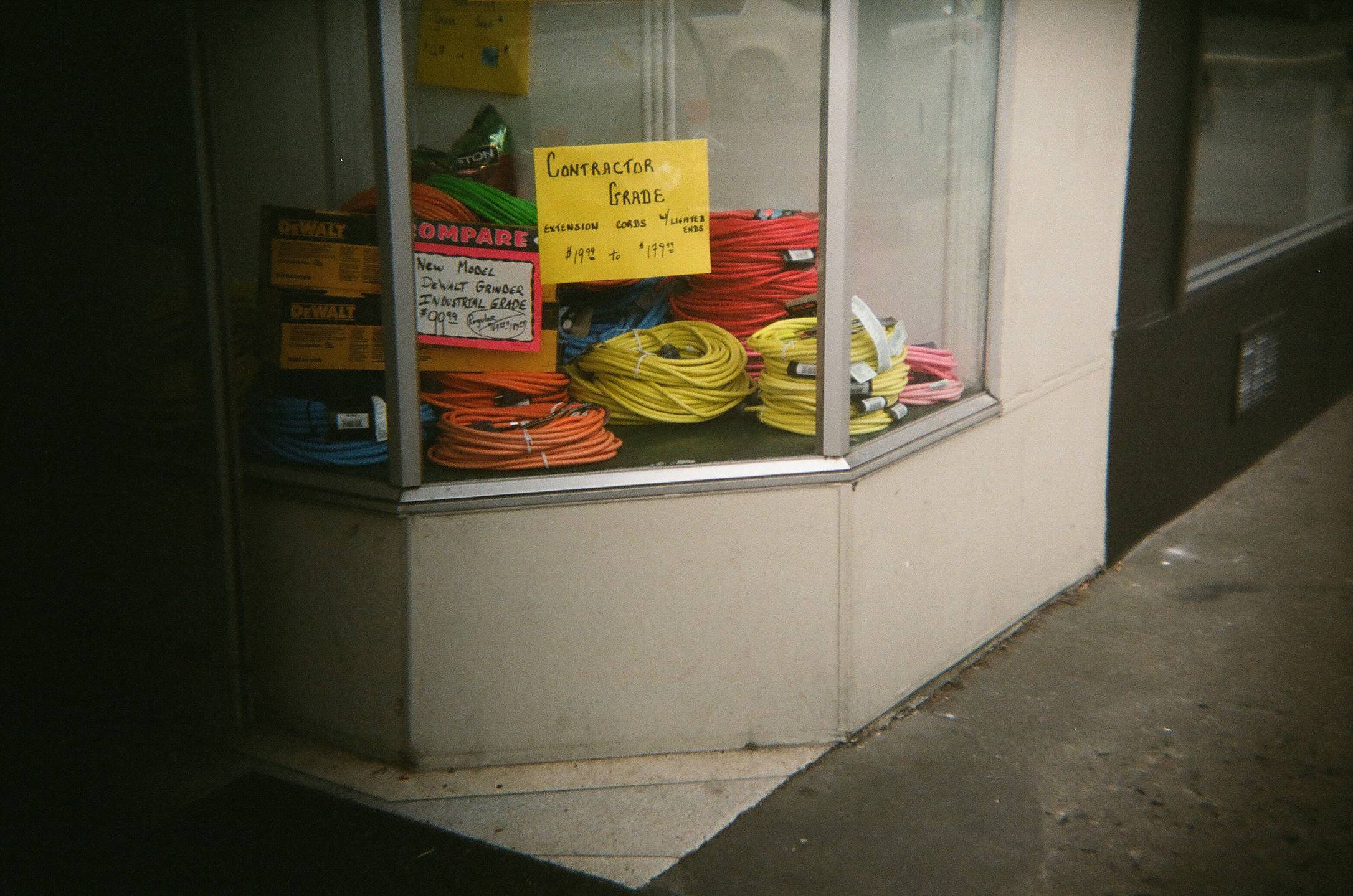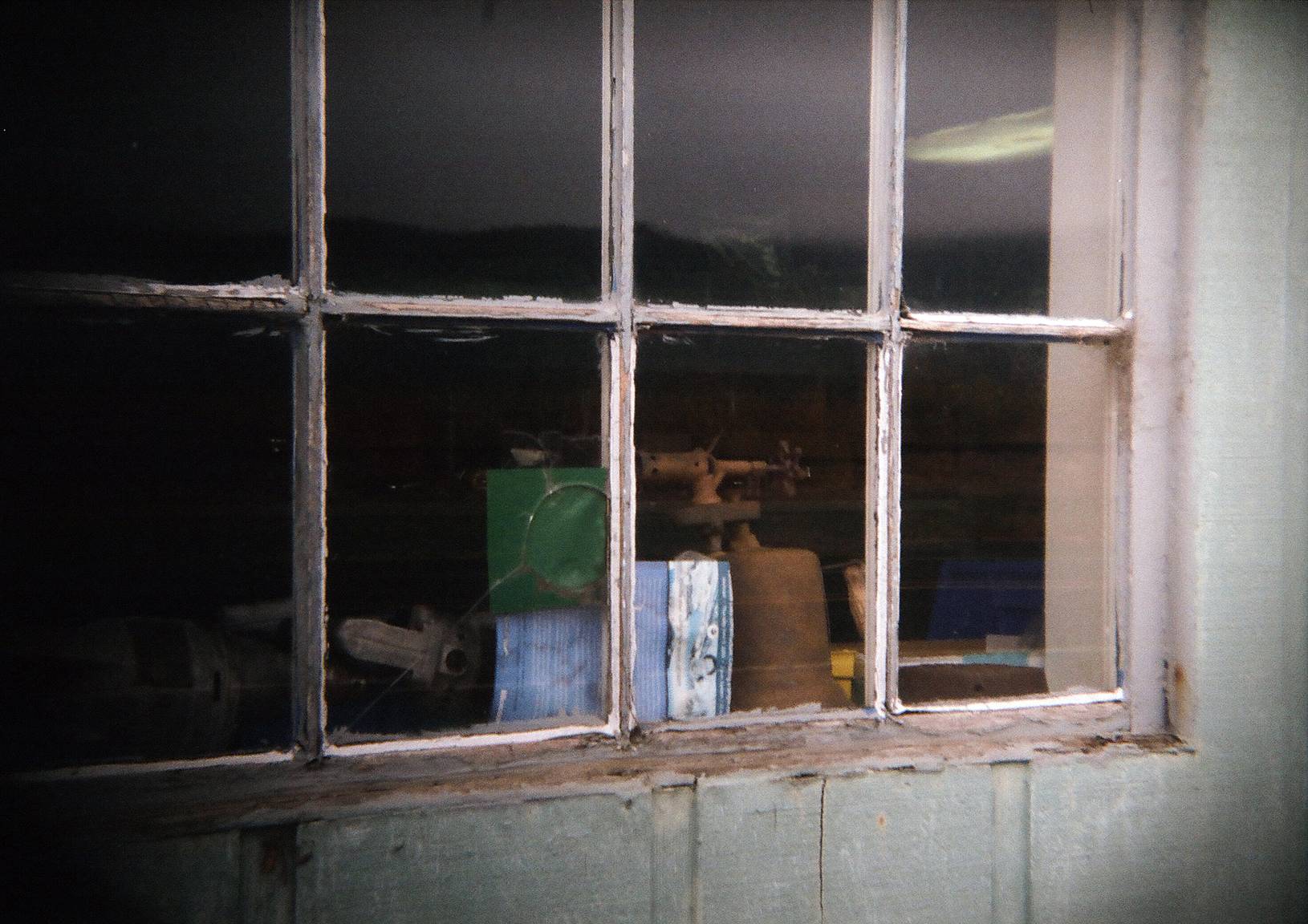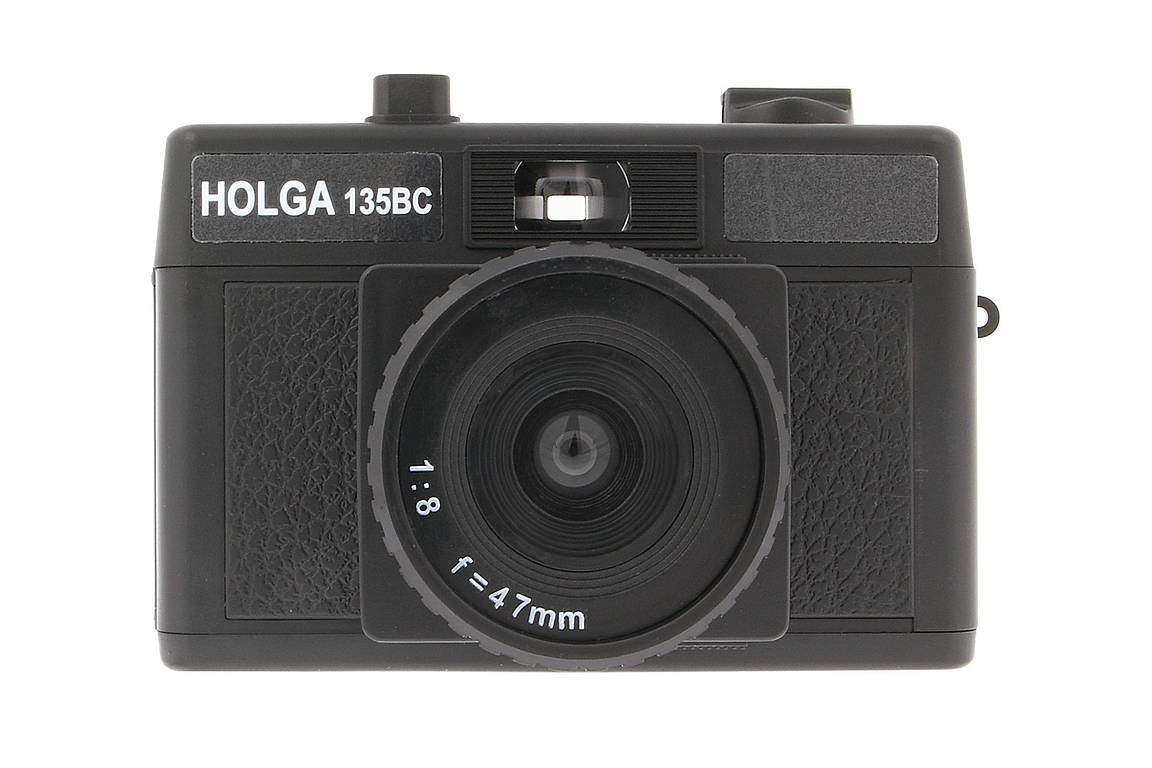The Holga 135BC: A Camera Review
5 32 Share TweetA long-time fan of plastic cameras, Argentinean writer and photographer Lorraine Healy is the author of “Tricks With A Plastic Wonder” a manual for achieving better results with a Holga camera. In this article, Healy describes why she is deeply impressed by the Holga 135BC.

When I was writing my eBook on the Holga cameras, I made the assumption that I would be covering as many Holga models as I could get my hands on—_medium format_ Holgas, that is. I would not even deign to take a look at 35mm Holgas, which I considered an afterthought and beside the point. After all, you couldn’t even shoot through the sprockets with them! Who would want a 35mm Holga? In short, I completely ignored them, except for the fun Holga half-frame.

About a year later, I received a very kind comment from a Lomo friend, who said: “he was looking forward to reading the book and learning more about his all-time favorite camera, the Holga 135BC.”
The what? I had to go into the Internet and find what this was: the 35mm Holga with black corners (BC), a form of deep dark vignette around the frame.

I felt ashamed by my rather haughty dismissal of a camera I had never seen, and I promptly got myself one. At the time, the only one I found available was used, but it seemed pretty serviceable. I had been working on a long-time project of shooting old storefronts, modeled after James and Karla Murray on the old storefronts of New York City. I had been playing with several cameras, trying to find the one that would fit this project the best. My #1 choice, the Holga 120, was really not the best tool for this—in general, the square format does not do true justice to the landscape format required by the storefront, and it ends up needing to be cropped, which is a real waste of film.
The Holga half-frame seemed like it would be a reliable way to go: it could go vertical or horizontal as needed, and it provided double the number of shots on a given roll. But when I saw the first results, I found them lacking. I was looking for a certain kind of look, which I could not even define in words, but that I felt sure I would recognize when I saw it.
I took the Holga135BC with me on a road trip to Portland, Oregon, in early 2016. I decided to use it for old storefronts and signs, which were plentiful in Portland, but I also shot with it on the road itself. It was when I saw the image below that I knew I had found my perfect camera for the old storefronts project. Finally! This was the style of image I wanted for these disappearing places full of character and individuality.

The 135BC has a simple 47mm f/8 lens, plastic, of course, the same four zone-focusing distances as its bigger 120 sibling, and the extra strong vignetting denoted by the “black corners” in its name. As is also the case with the medium format Holgas, the lens tends to be more precise in its center and it tends to fall away at all its edges. I loved the softness of the ancient Portland Photo Store image because it almost made the saturation of color “carry the weight” of the composition. Its magnificent reproduction of color is one of the reasons why I find the Holga 135BC also perfect for abstract work, as in the images below.

So the Holga 135BC became the main camera for my old storefronts project. The 47mm lens (which to me feels more like a 60mm, but that’s my subjective impression!) even allows me to shoot from the car window in places where it feels like the area might be a little dicey to go walking around, or when I literally don’t have time to park and go shooting. I see and old store or old sign, grab the Holga 135BC and shoot through my rolled-down window. In almost two years of heavy use, I have found that Lomography Color Negative 400 film works perfectly for this camera in most light instances, but I can switch to Lomography Color Negative 100 film if it is really light—as it was during the day in Illinois’s Route 66 this past June. But any color film will work beautifully, 100 iso for strong light, 400 iso for most other situations.

I was going gangbusters on my old storefront project, and I was planning on continuing with it in my native Buenos Aires, where the same phenomenon of old, distinctive, non-chain commerce being razed to the ground and replaced by stores and buildings that look like any place in the world is also taking place. But here I ran into a problem: in Buenos Aires oldest and narrowest streets (likeliest to have the oldest stores in the land), the Holga 135BC put me too close to the storefronts themselves, and I had to literally stand on the street (putting my life at certain risk!) to get the shot. I realized this project might require two or three different cameras to complete, allowing for the different distances permissible for shooting depending on the place. And this is how I came to incorporate the Superheadz Slim & Wide camera into my project, but that will be the subject of a next article.
Lorraine Healy (@lorrainehealy) is an Argentinean writer and photographer living in the Pacific Northwest. A long-time fan of plastic cameras and she is the author of “Tricks With A Plastic Wonder” a manual for achieving better results with a Holga camera, available as an eBook from Amazon.com.
written by Lorraine Healy on 2017-09-06 #gear #35mm #color #holga135bc #lomography-color-negative-100 #lomography-color-negative-400




















5 Comments